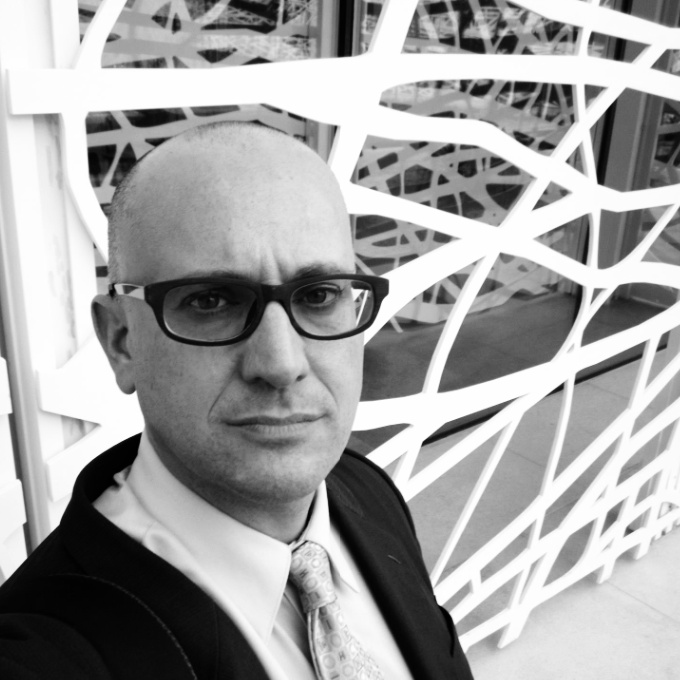
The popularity of micro-brews, along with consumers’ insistence that their favorite brands perform not only when it comes to quality, but also make a difference on social and environmental issues, means it is no longer as business as usual for the world’s largest beermakers.
To that end, Heineken has announced what it calls the “Drop the C” program in an effort to have renewables power 70 percent of the company’s operations by 2030.
This initiative follows several one-off projects Heineken has launched in recent years, including a 2016 announcement in which the company proclaimed it had cut the ribbon on the world’s first “zero carbon” brewery in Austria. Various solar installations atop some of its facilities are another tactic the company has adopted to reduce dependence on fossil fuels.
Currently, Heineken says it is procuring 14 percent of its power needs from renewable sources. So how can the company increase that amount five-fold within the next 12 years? The company acknowledges that it faces many hurdles, as many of its recent acquisitions are located in developing countries across Africa, Asia and Latin America.
Heineken insists it is ready to reduce its carbon footprint by deploying different tactics within the markets in which it operates. In Vietnam, for example, Heineken says it has been sourcing rice husks from local farmers to fuel its brewing boilers. A world away in Brazil, a new biomass boiler was fired up in 2017 at a brewery in Ponta Grossa, using wood chips from certified reforestation companies.
Speaking of forests, Heineken says it will tackle more reforestation projects, which the company says will assist in offsetting carbon emissions while also improving local water preservation efforts. Currently, Heineken has launched reforestation projects in Indonesia, Mexico and Spain.
This new mindset is becoming anchored within the company’s day-to-day operations, too. Heineken claims it will begin carbon shadow pricing in order to push for more sustainable investments and arrive at decisions that can drive innovation - a change that is analogous to internal carbon pricing taken on by more and more companies like Microsoft and Volkswagen.
It is always a challenge for companies like Heineken to communicate why their carbon reduction efforts matter to stakeholders and consumers. But the brewer’s initiative should resonate with people in its simplicity. This "Drop the C” push has been inspired by the easy-to-remember fact that taking the “C” out of “CO2” leaves oxygen. The program not only imparts the importance that clean energy has in providing for cleaner air, but the play on words also gives assurance that the company is doing everything it can to prevent sea levels from continuing to rise.
Image credit: Heineken

Leon Kaye has written for 3p since 2010 and become executive editor in 2018. His previous work includes writing for the Guardian as well as other online and print publications. In addition, he's worked in sales executive roles within technology and financial research companies, as well as for a public relations firm, for which he consulted with one of the globe’s leading sustainability initiatives. Currently living in Central California, he’s traveled to 70-plus countries and has lived and worked in South Korea, the United Arab Emirates and Uruguay.
Leon’s an alum of Fresno State, the University of Maryland, Baltimore County and the University of Southern California's Marshall Business School. He enjoys traveling abroad as well as exploring California’s Central Coast and the Sierra Nevadas.














